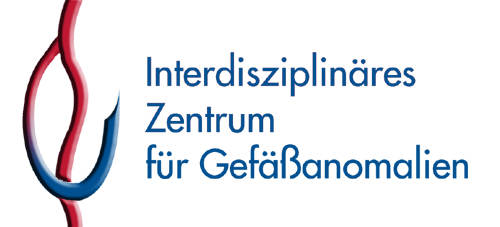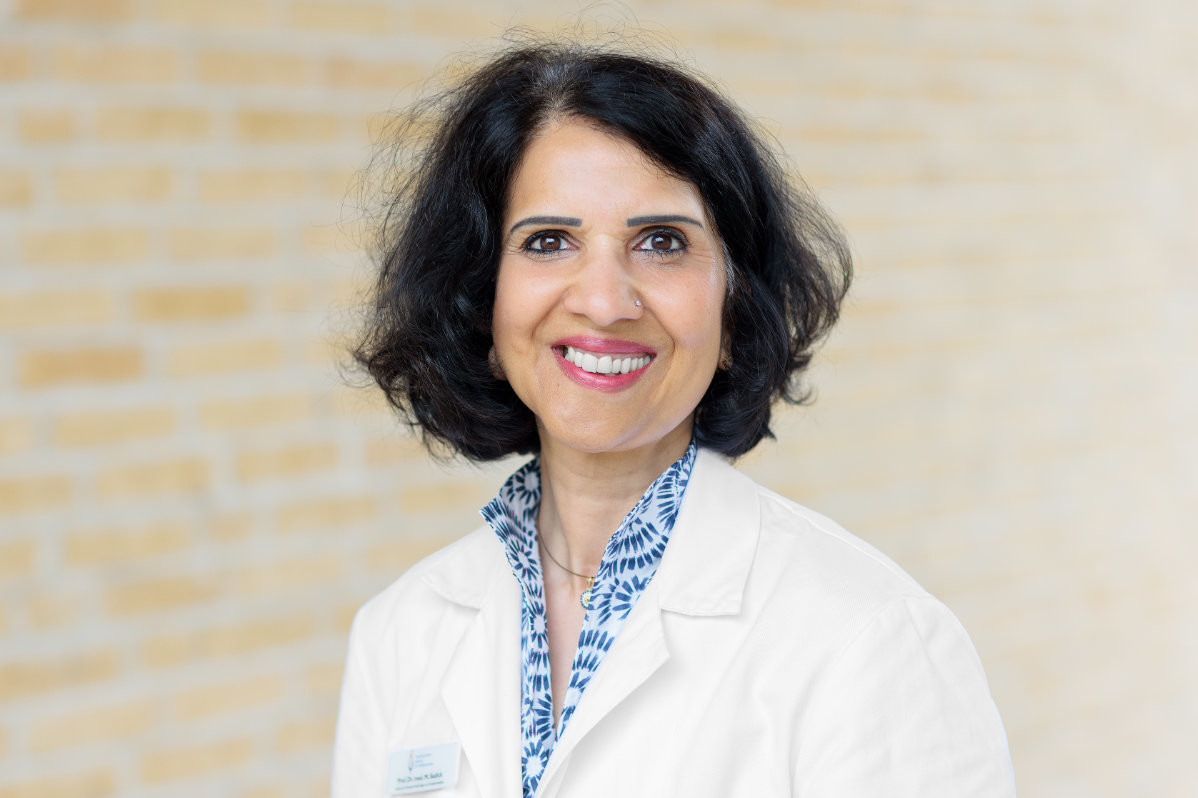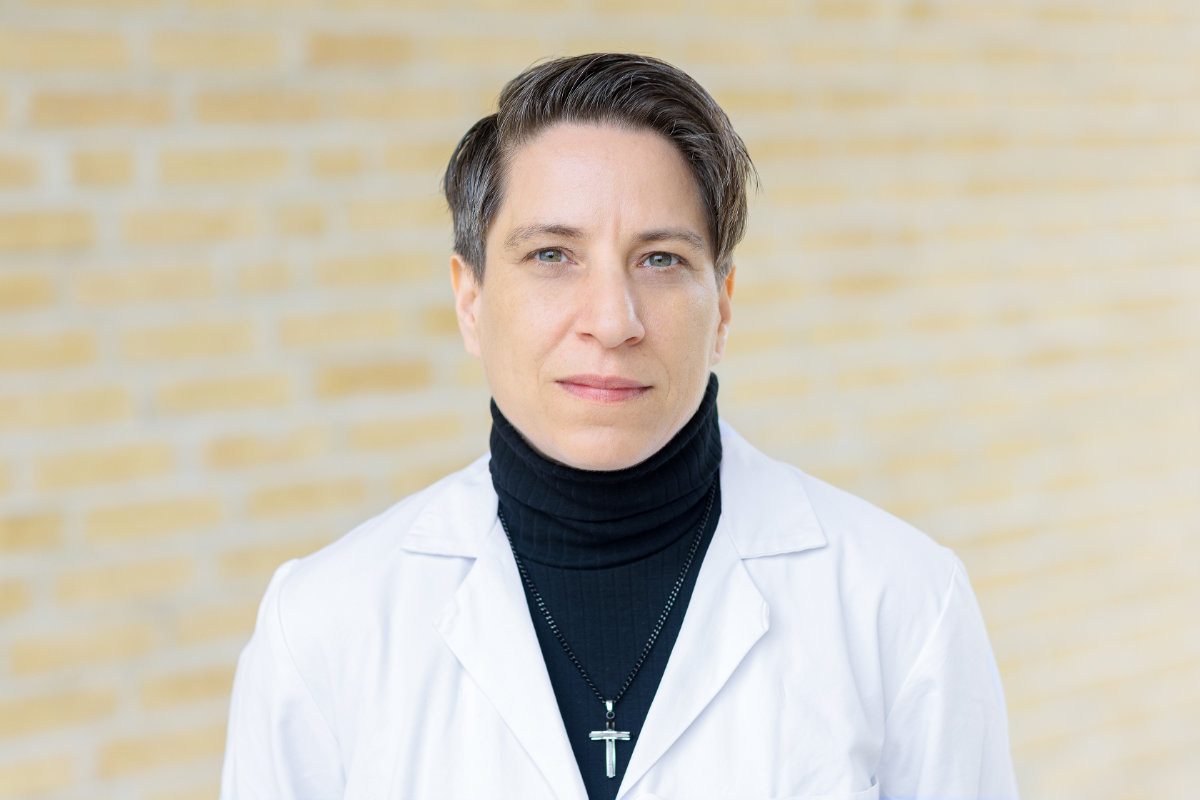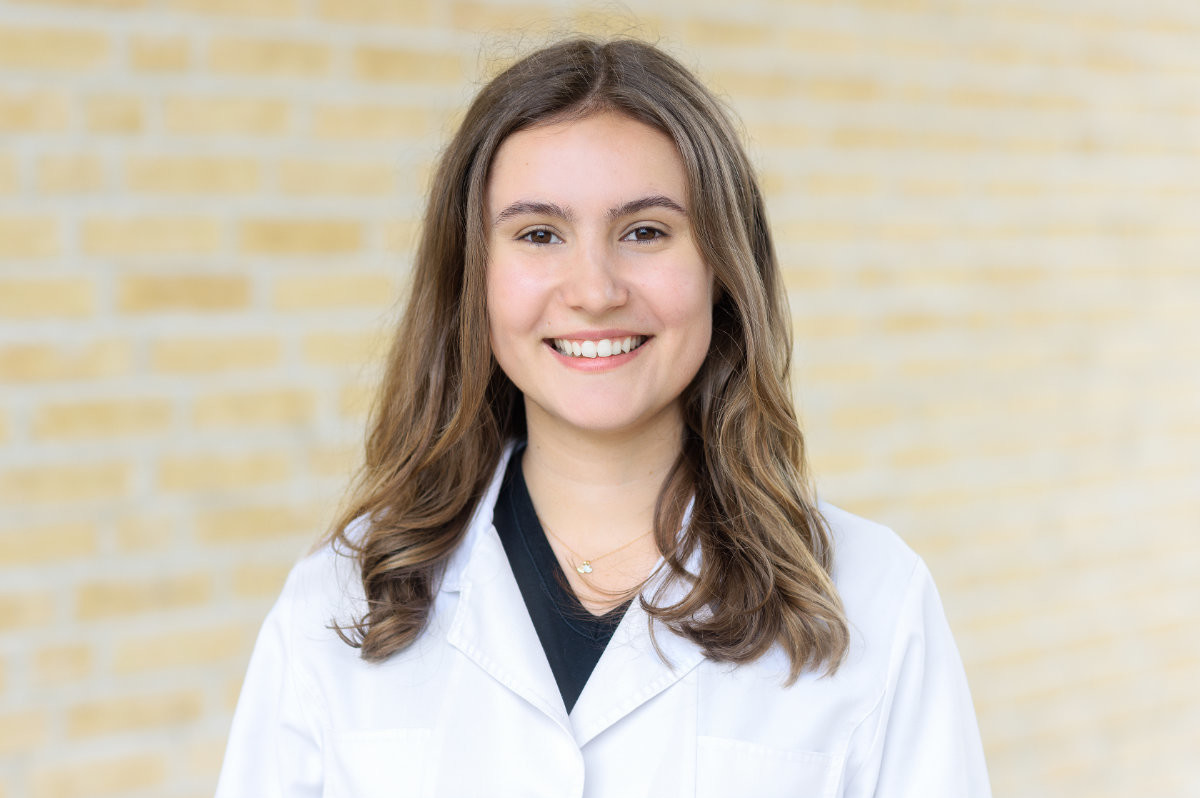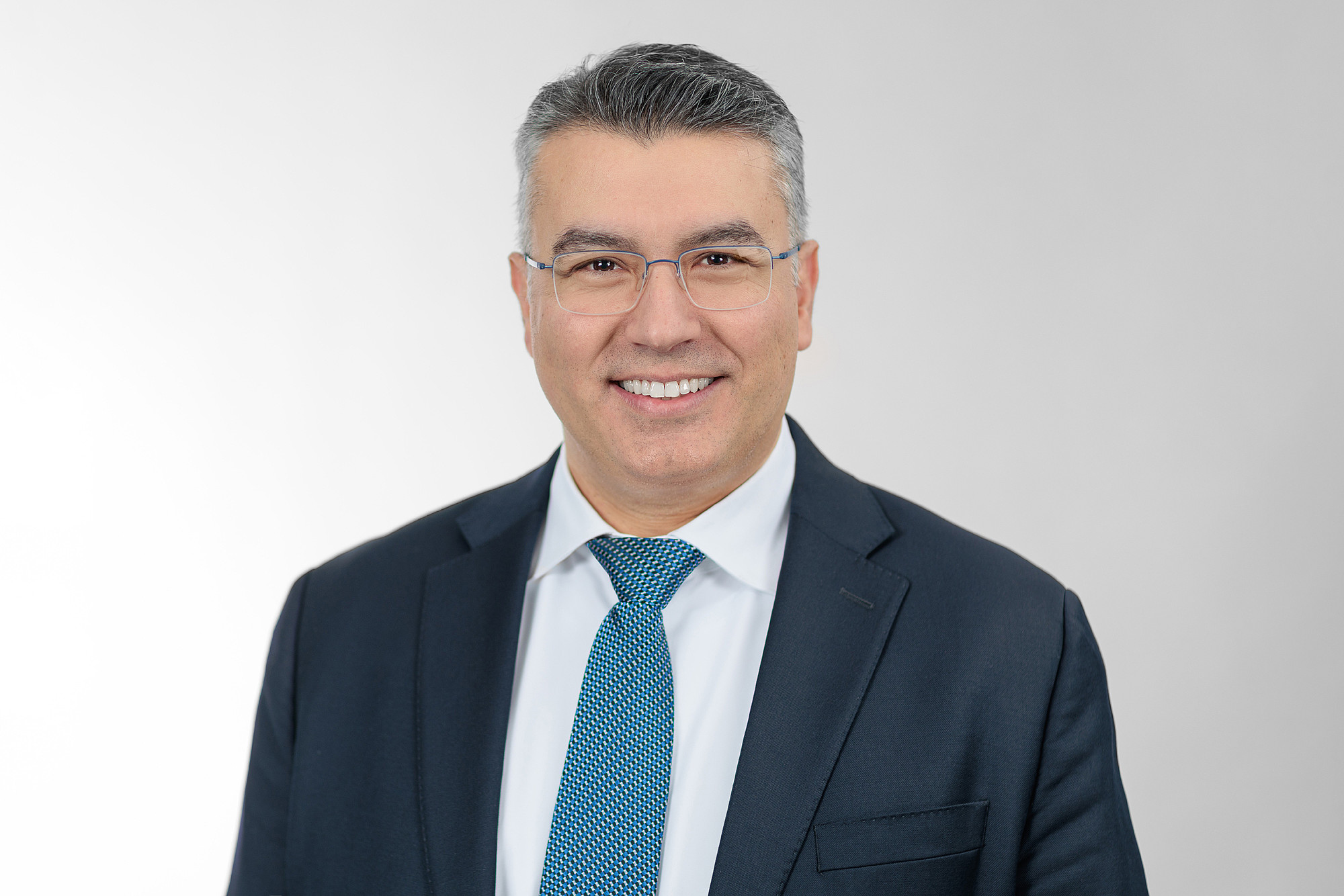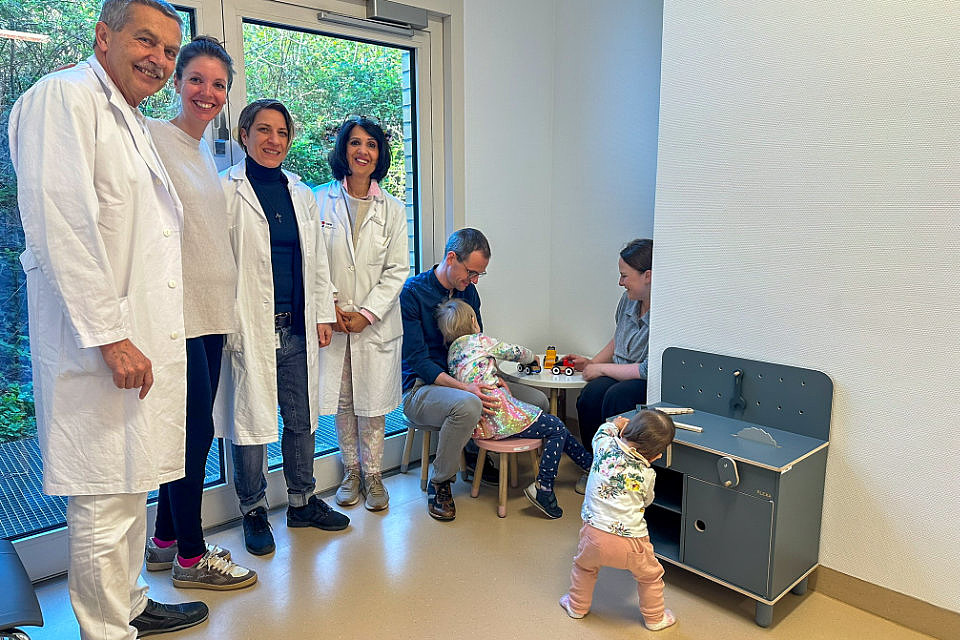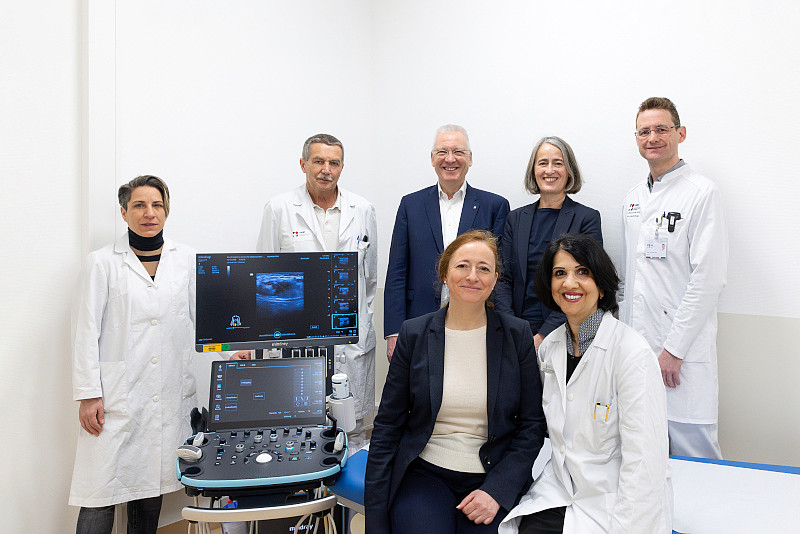Interdisziplinäres Zentrum für Gefäßanomalien IZGA
Das Interdisziplinäre Zentrum für Gefäßanomalien IZGA wurde 2014 von der Radiologin Prof. Dr. med. Maliha Sadick gegründet. Wir bündeln die Expertise vieler Fachrichtungen, um angeborene Gefäßfehlbildungen bei Kindern, Jugendlichen und Erwachsenen zu diagnostizieren und zu behandeln.
Das IZGA ist ein Zentrum der VI. Medizinischen Klinik – Angiologie und Diabetologie der Universitätsmedizin Mannheim. Es ist das einzige spezialisierte Zentrum in Süddeutschland und eines von wenigen in Deutschland mit Fokus auf die ganzheitliche Versorgung von Menschen mit Gefäßanomalien. In enger Abstimmung mit 13 Fachdisziplinen planen wir individuelle, möglichst schonende Therapien von konservativ bis minimalinvasiv. Unser Ziel ist es, Beschwerden zu lindern und die Lebensqualität zu verbessern.
